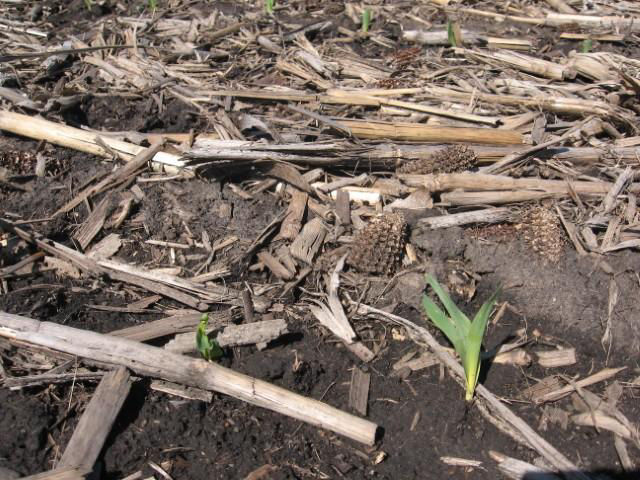4 MIN READ
Should Long Term No-Till Fields be Tilled? What are the Benefits?
January 3, 2022
No-till has been practiced in the Corn Belt for over 30 years. Within those years, many benefits and a few challenges have been identified for no-till farming. Some of the key benefits and challenges are listed in Table 1.
Table 1. Benefits and Challenges of No-till Farming Practices
Benefits
Challenges
Helps reduce erosion, preserving topsoil
Compaction or impermeable hard pans
Increased residue helps preserve moisture during drought
Cooler, wetter soils at planting in northern geographies
Improves soil structure and pore formation
Tough to break plant disease cycles
Improves water infiltration into the soil profile
Nutrients tied up in crop residue longer
Improves mass flow of nutrients to growing plants
Residue layers help suppress weed growth
Helps increase rate of soil organic matter formation
Increases soil organism diversity and density
Improves soil health encouraging AMF* growth
*AMF Arbuscular Mycorrhizal Fungi: Fungal network that delivers water and nutrients to developing plants in undisturbed soil.
Benefits of long term no-till practices outweigh some of the challenges; however, there are times when tillage can help “fix” some challenges on no-till ground.
1. Compaction is the biggest struggle most farmers have with no-till systems. Compaction remedies depend on the severity and percent of impairment in the field. Larger compacted areas may benefit from a field-wide tillage operation. Smaller areas, such as traffic patterns or low wet areas, can be isolated and corrected with deep tillage. Regaining water infiltration and soil water holding capacity can help improve plant root structures, nutrient uptake, and yield potential.
2. Cooler, wetter springs can make it tough for crops to emerge evenly in cold soils due to residue reflecting the sun’s rays (Figure 1). Strip-tillage offers the benefits of no-till between the rows and the benefits of precisely placed nutrients in a dark soil strip that warms up quickly in the spring. Emergence is generally quicker and more even in a strip-till agronomic system leading to higher yield potential.
